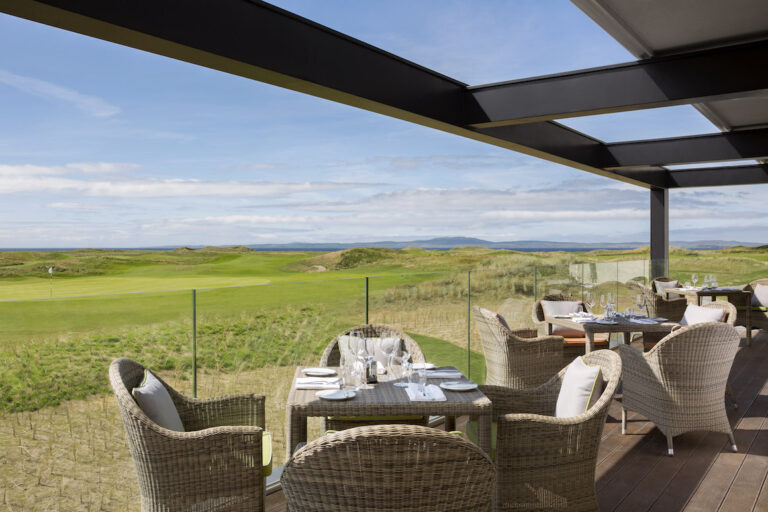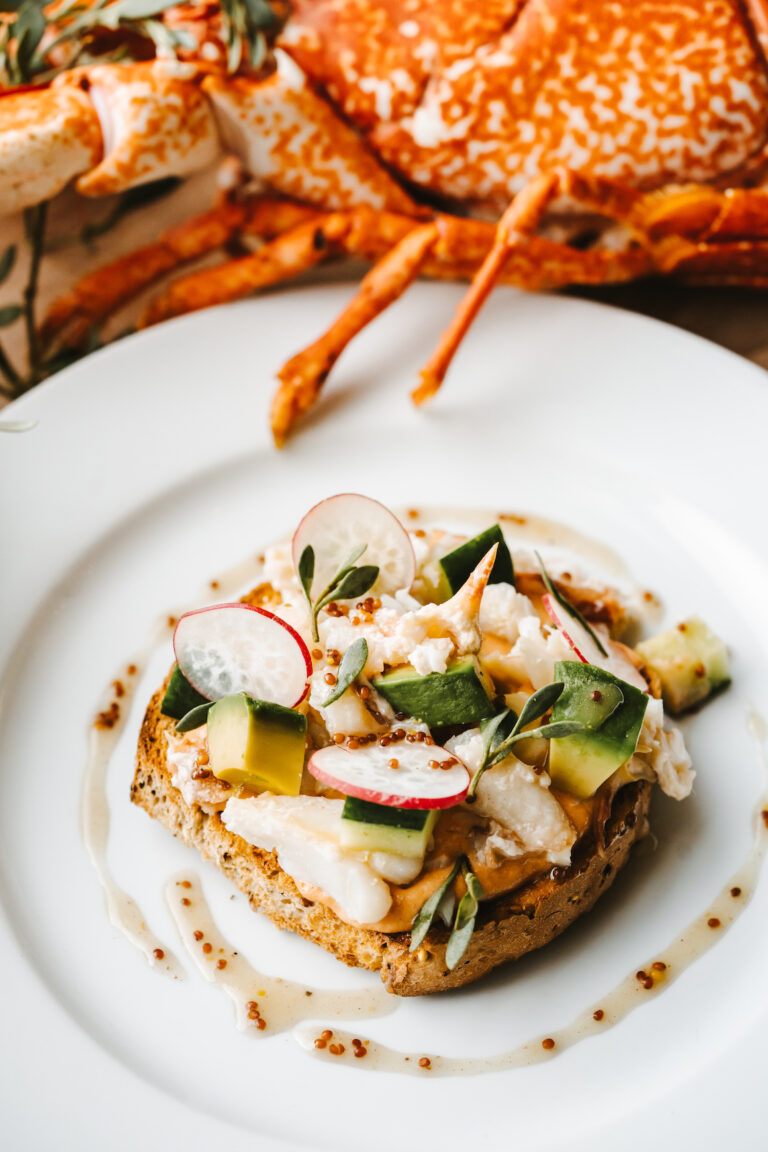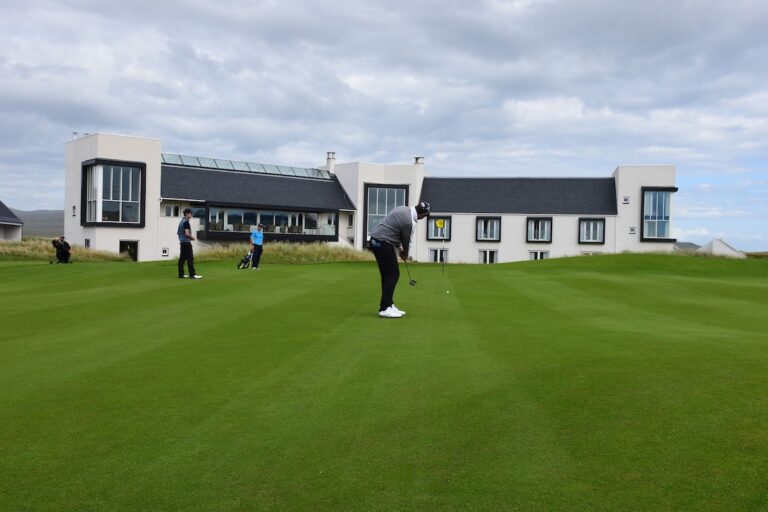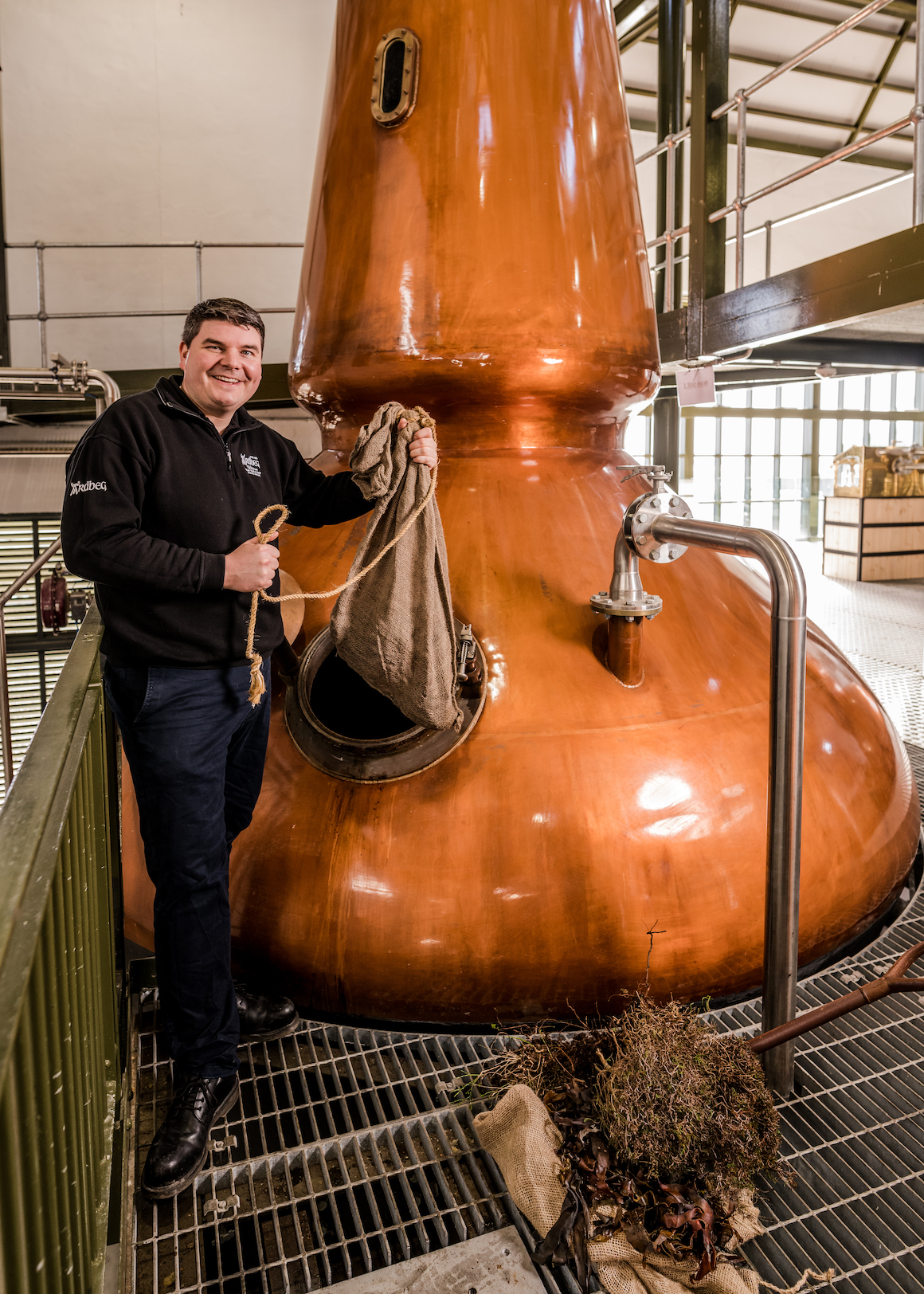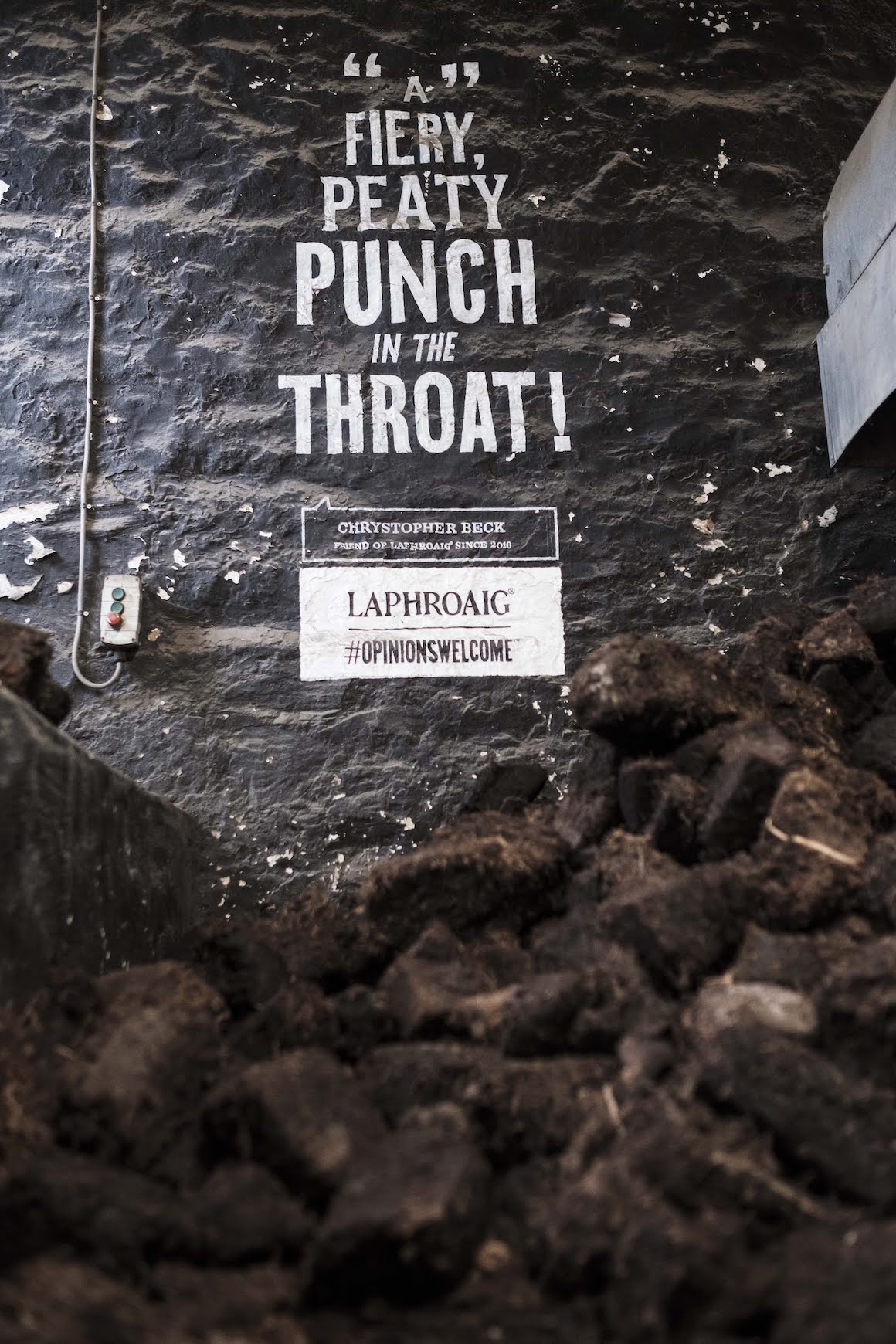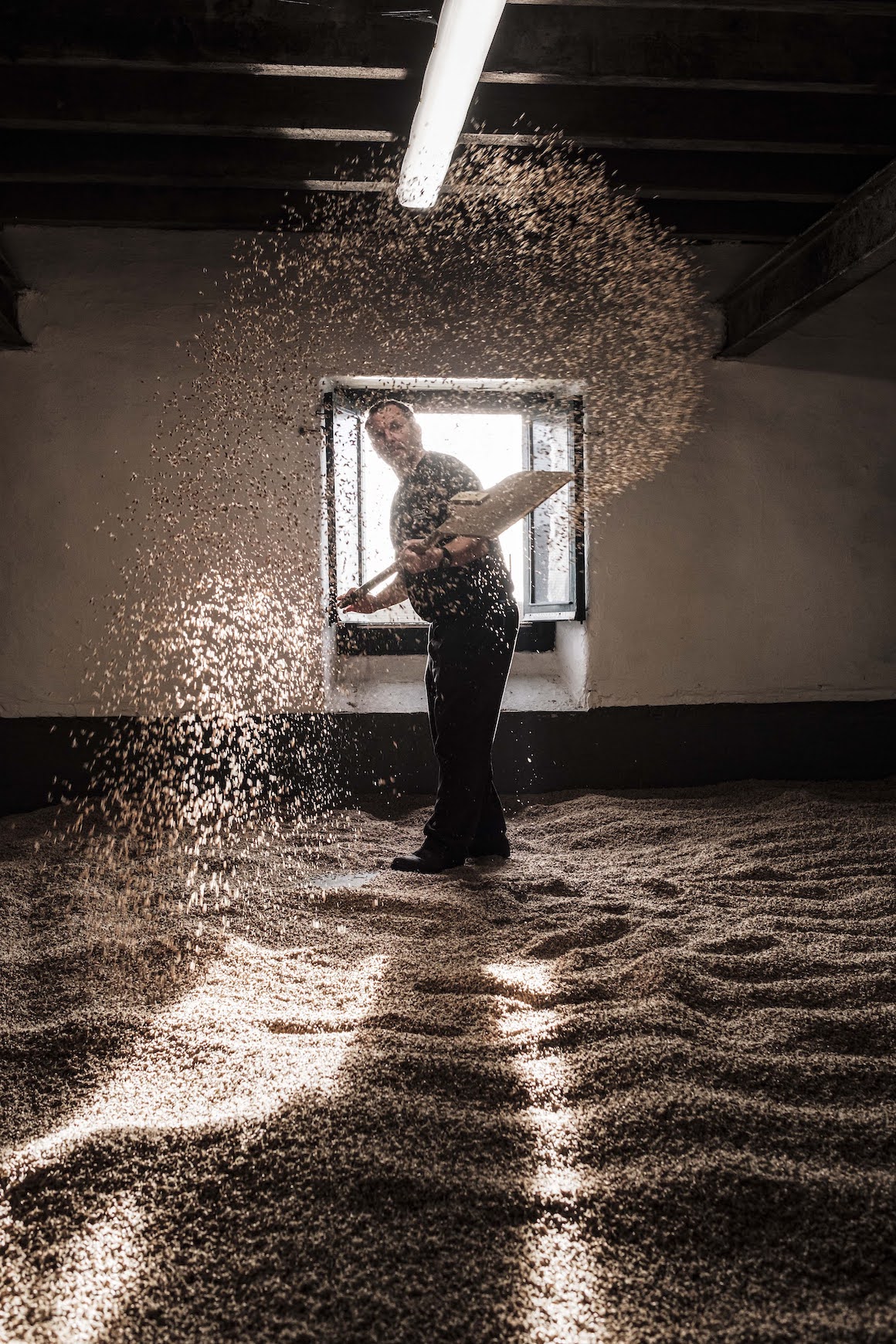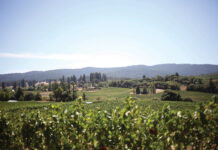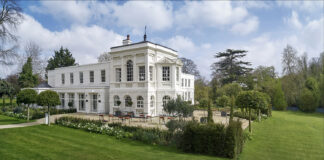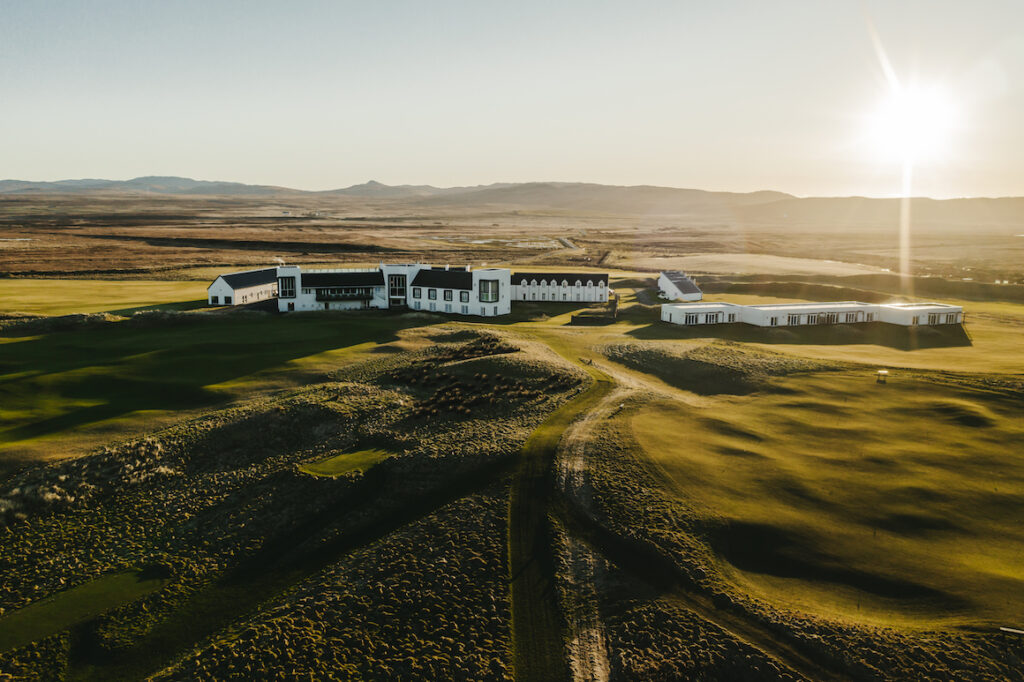
Nothing shouts “Scotland” more than single malt whiskeys. And Islay, the southernmost island in the Inner Hebrides, is Scotland’s whiskey making heartland. Nine working distilleries produce world famous brands like Ardbeg and Laphroaig and have earned this wildly beautiful destination the appropriate title of “The Queen of the Hebrides”.
By British standards, Islay is remote. But the 45-minute flight from Glasgow (or the ferry ride from Kennacraig to Port Ellen) to get there feels like a real adventure, and anticipation builds as the rugged island comes into view. I first saw Islay through a break in the clouds, rays of sunshine illuminating the moorland. It is a landscape which has inspired generations of creatives, from chart topping folk singer Donovan to the award winning Japanese author Haruki Murakami. The purpose of my visit, however, was not to inspire some great work of music or literature, but rather to find out what it is about this island (which is less than half the size of Kauai or Oahu) that enables its distillers to produce the finest whiskeys in the world.
I touched down and checked in amongst the dunes of Islay at The Machrie Hotel and Golf Links. This newly renovated hotel occupies an enviable location overlooking seven miles of pristine beach, with the waves of the Atlantic Ocean crashing against the shore. I’m not a golfer myself, but The Machrie’s championship course is one of the top 20 in Scotland — “The Home of Golf” — and the links blend seamlessly with the surrounding terrain.
Whether you are golfing or staying, the epicenter of The Machrie is 18, so named because it overlooks the 18th hole. The vaulted glass ceiling drenches the bar and restaurant in silvery light, and the views down towards Laggan Bay are epic whatever the weather. Seasonal specials such as Loch Gruinart oysters, Port Askaig lobster, and Ardtalla Estate venison grace the menu, which showcases fine Scottish cuisine. And I lost count of the number of whiskeys lined up enticingly behind the bar. Even tasting three or four a night, you would need to stay at the hotel for months if you wanted to try them all.
The history of whiskey making on Islay dates back to 1779, during which time distilling has evolved into an artform. The barman at 18 can give you the perfect introductory course to the different distilleries and their styles, but to deepen your spirits education you need to venture beyond the hotel. Ardnahoe, founded just two years ago, is on the north of the island with Bunnahabhain and Caol Ila; Bowmore, Bruichladdich, and Kilchoman are in Islay’s interior; and on the south coast you will find the three Kildalton Distilleries, Ardbeg, Lagavulin, and Laphroaig. It was to Kildalton that I was headed.
Scotch whiskey has only three ingredients: barley, water, and yeast. But though this sounds like a simple enough recipe, it is the quality of the ingredients and the specific methodology which gives a whiskey its taste. And Islay’s master distillers have spent decades getting it exactly right. They burn the local peat (wetland vegetation which has partially decayed without oxygen, the first step in the transformation of plant matter to coal) to smoke the malting barley. Peat cut on Islay has a distinctive, almost medicinal character due to its phenol content, and you will taste its smoky flavor in the finished drink.

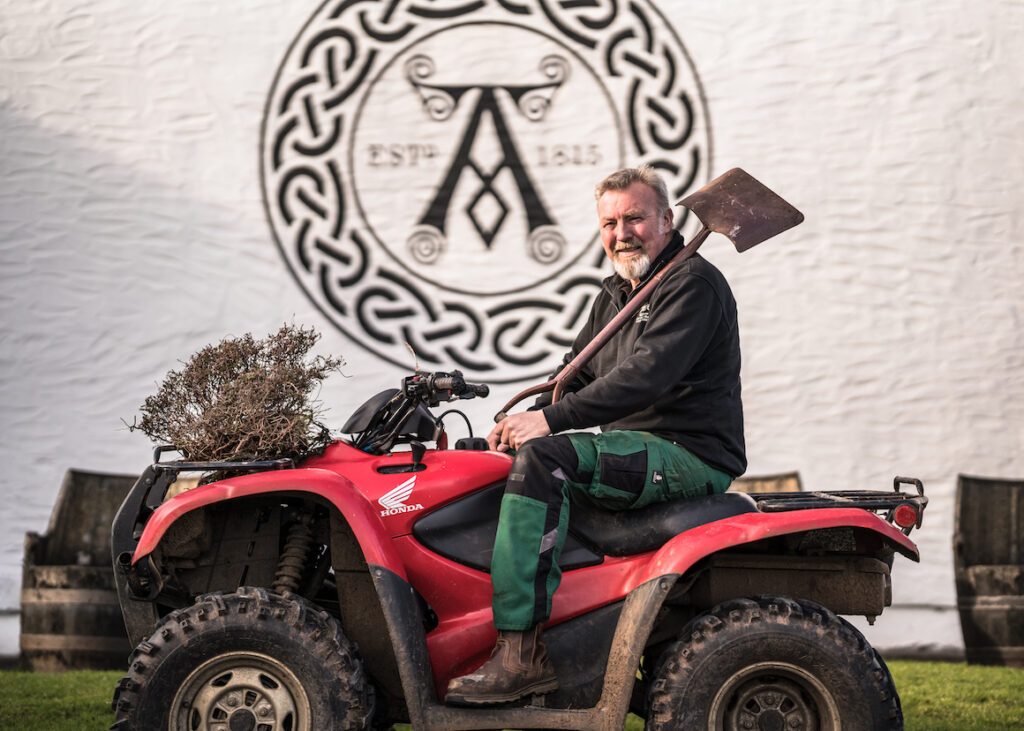
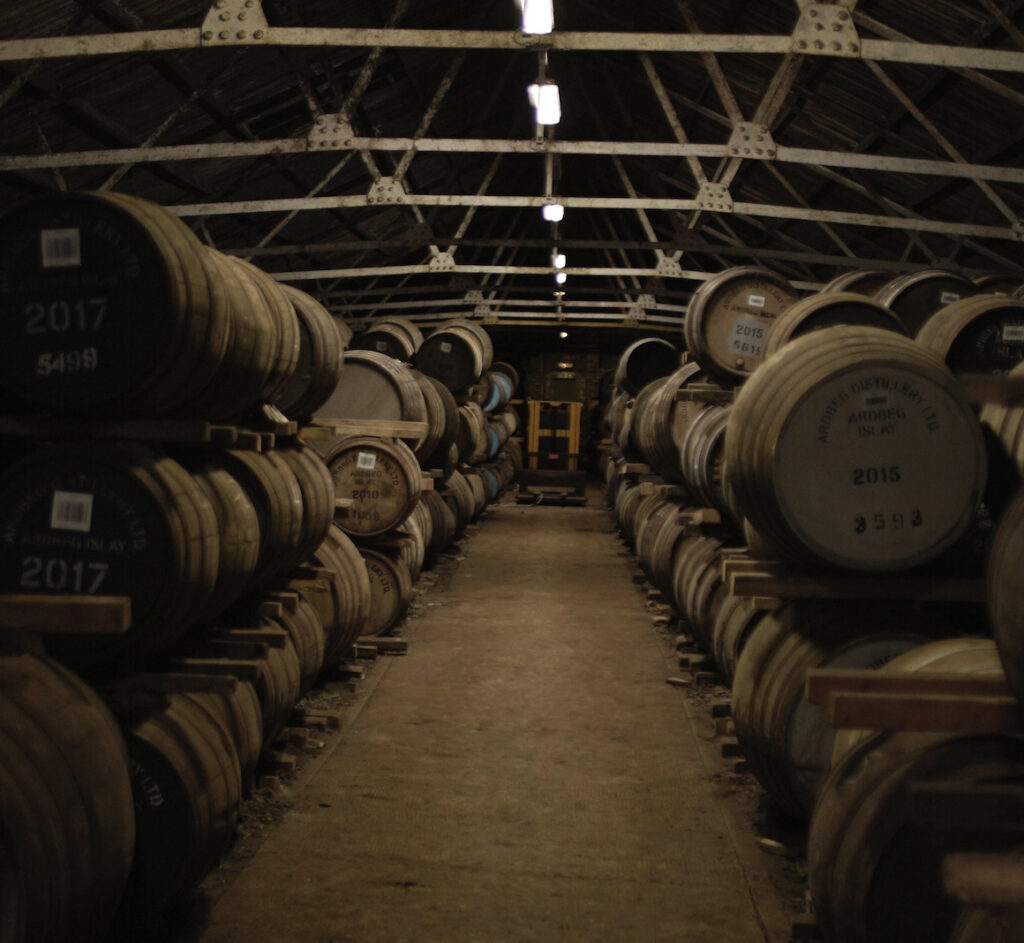
Before the barley is mashed, it is milled, and the Boby Mill at Ardbeg is the oldest working mill of its kind in the world. Coarse rollers crack open the husks of the grains, which are then mixed with water of different temperatures to ferment. It is at this stage that the carbohydrates in the grain convert to alcohol plus carbon dioxide and yeast, and the whiskey gains its strength. The ABV of this liquid is around 45% ABV, but subsequent distillations increase the alcohol content to a fierier 60-75%. It has to be aged in a barrel for three or more years before it can legally be called whiskey, and the process of ageing — including the type of casks which are used — further shapes the final flavor profile.
On paper, it is hard to imagine how this process unfolds. But on a distillery tour it all makes sense, as passionate connoisseurs show and tell you about every step. You might think that one tour would suffice, but each distillery has its own character and history, so in every place you will learn something new.
Were you aware, for example, that Laphroaig was the only spirit not banned during Prohibition? The specific combination of moss and plant roots in the peat gives this whiskey a faint taste of iodine, and hence it was sold in 1920s America as a medicinal spirit. In the late spring and summer (March to September), it is possible to get your hands dirty with distillery staff, helping them cut the peat at nearby Glenmachrie. Physically touching and smelling the peat, and at the same time feeling and tasting the sea spray on your lips and tongue, gives you a multi sensory appreciation of the way in which nature is an essential player in the creation of all of Islay’s whiskeys.
Ardbeg, founded in 1815, is one of the oldest distilleries on Islay. Here, you must put your nose and taste buds to the test as you analyse not the raw ingredients and process, but rather the finished product. The Deconstructing the Dram tour is a must for whiskey lovers as it includes both a nosing quiz and the rarest treat of all: a cask strength tasting in Ardbeg’s warehouse.
No one can drink whiskey all day every day, so when a tour comes to an end it is time to retreat to The Machrie and relax. Taking a walk around the hotel grounds, I realised I was now much more aware of the peat beneath my feet, the crystal clear water in the streams, and the salty taste of the air. Islay’s whiskeys are inseparable from the island’s geography, which is why any visit here — whiskey themed or not — is a totally immersive experience.


